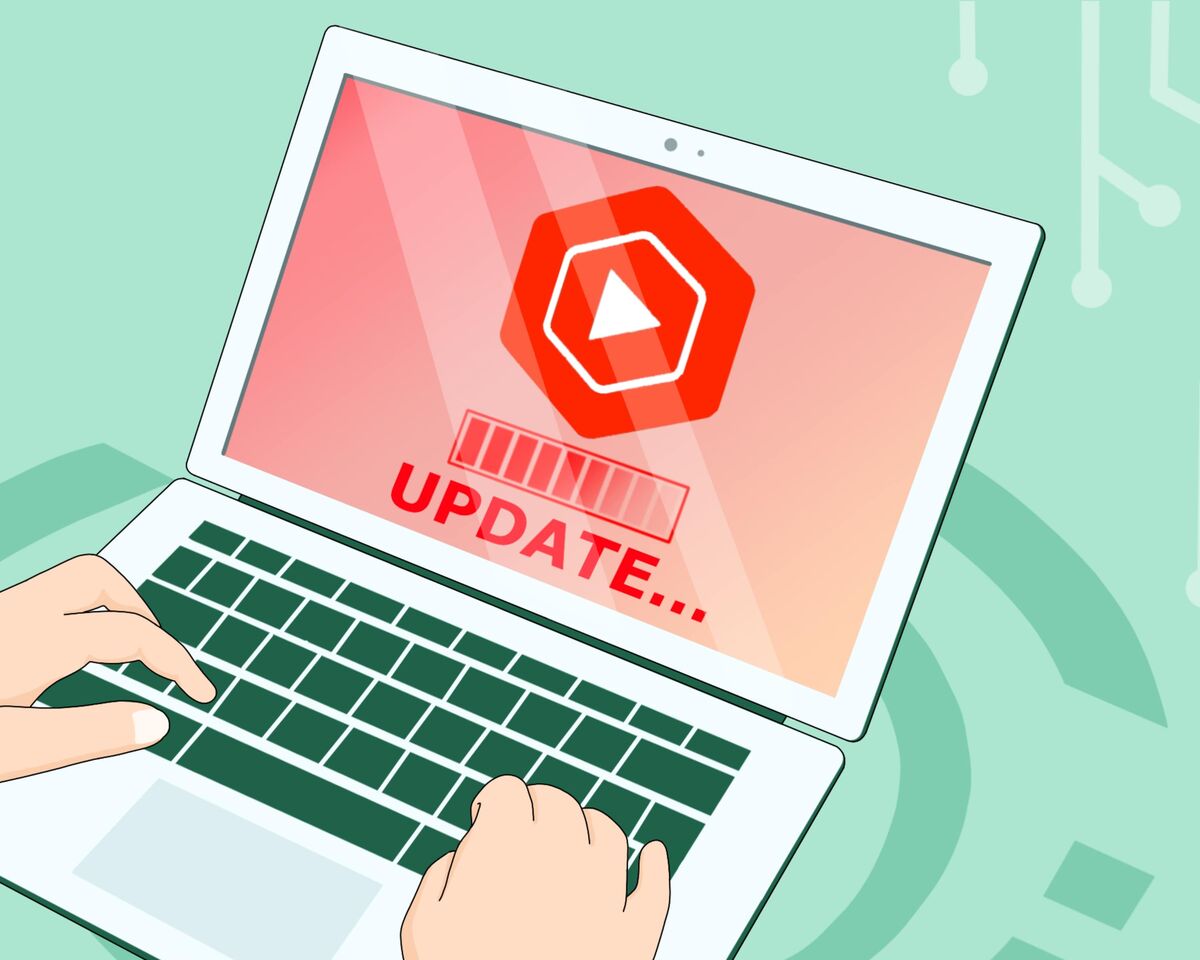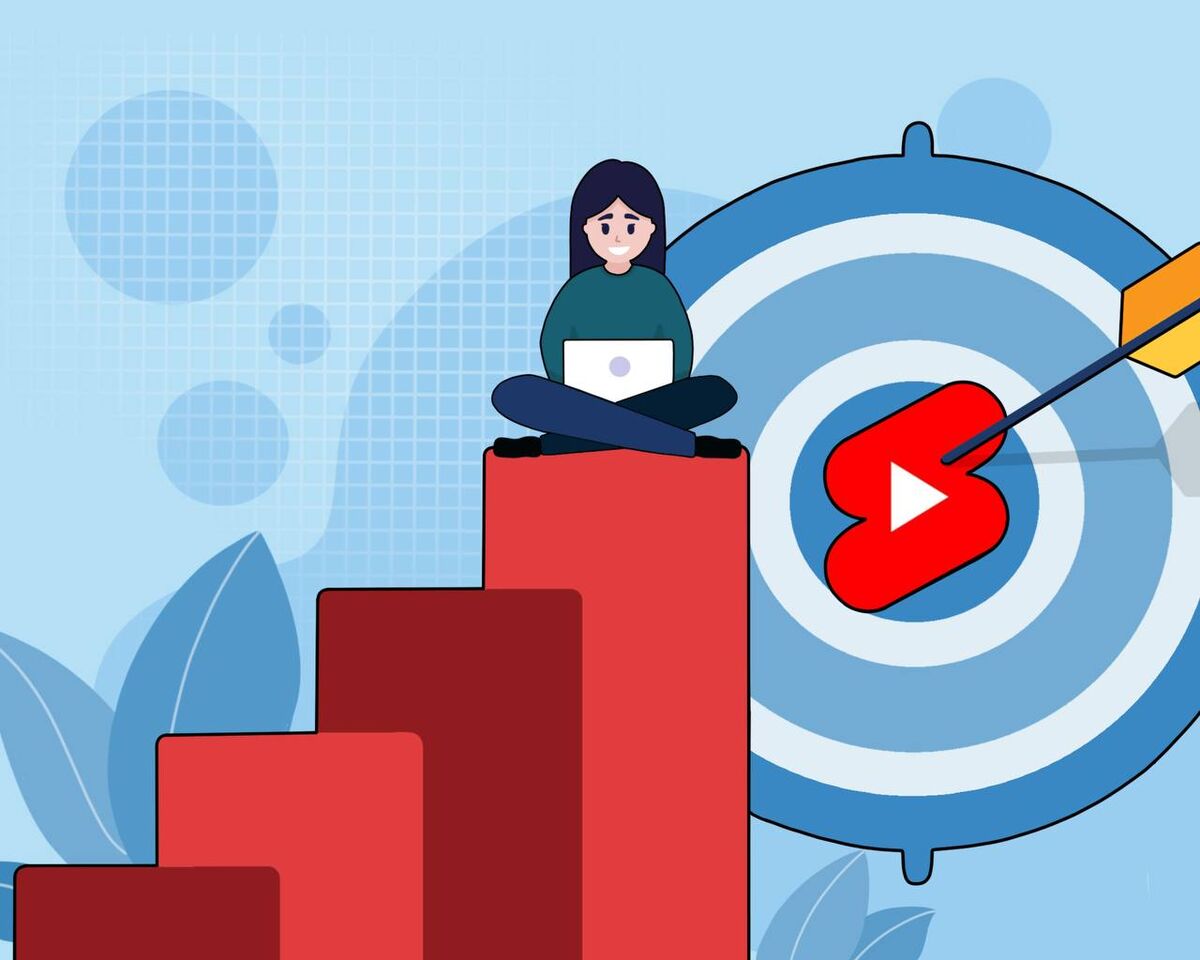Protection and Safety of Creators and Viewers on YouTube

Every day, there are more and more scammers on the internet. It has become extremely important to understand how to keep yourself safe online. Luckily, the industry titans of social media care about their reputation. They have developed complex algorithms to maintain a high level of security for users and creators.
YouTube User Safety
YouTube is part of Google’s corporation and adheres not only to its rules and principles but also to the company's privacy data rules. Therefore, YouTube first protects your personal data and content. You can decide which data you're willing to share by visiting the "Your data on YouTube" section.
Here, you can manage your watch and search history on YouTube, voice search queries, geolocation, and settings for all Google services. Personalized advertising is also related to "Google" settings. You can choose to disable ad personalization in Google services and on partner sites. In that case, the service will stop listening and recommending based on your discussions with friends.
Additionally, there's a separate ad management center where you can manually add topics and brands of interest. This makes ad personalization even more precise, based not only on your search and watch history but also on specific topics you choose.
These tools are designed to give you, as a user, a choice. If you don't log into your Google account, information about your actions won't be stored to influence recommendations. It's still important but is assessed more as statistical anonymized data.
In all other cases, when you use YouTube through your account, all data about your queries and views is saved and transmitted to Google. This helps the company provide services and features relevant to you personally.
Why Google needs your personal information
Everything is straightforward: to process search queries or suggest addresses to recipients you want to grant access to your content, YouTube requires at least access to your email. Even just for communication with you, access is necessary. Your geolocation helps tailor relevant ads. You can control access to your data, just head over to the same "Your data on YouTube" section we referenced earlier.
However, if, like most platform users, you grant permissions for access to your information, be aware that there are four situations in which Google shares your data with third parties.
- The first option is if you yourself have given your consent to this
For instance, you used a third-party service through Google search. In such a case, a notification will appear where you must allow this service, for example, housing reservations, to access your account information. Only after this permission will the data be transferred.
- Second option – the domain administrator has given his consent
This applies more to corporations that have an administrator and transfer control of the channel and account to him.
- The third case is when Google transfers data for processing
In such cases, third-party companies process data, assist in creating services, and improve internal business processes. Typically, this is where user data breaches can occur - few are immune to this. However, YouTube makes a significant effort to minimize the number of incidents that occur.
- The fourth case is at the request of law enforcement agencies
In all other cases, when sharing data with advertisers, partners, or developers, information is transmitted only in an anonymous format, meaning your personal information is not disclosed.
This is the level of security that YouTube provides for ordinary users and viewers. To enhance the security of your data, YouTube has developed several tools.
➔ Password
Set a complex and unique password. Chrome even has a password manager that can help you come up with a password.
➔ Two-factor authentication
If your password is secure, don't forget about two-factor authentication. It's necessary if malicious actors have learned your password. Access to your account is only possible after confirming the password and your phone number. Since November 1, 2021, this is a mandatory requirement for all content creators who monetize their content.
And, of course, be critical of the websites with which you share your personal information. YouTube staff will never ask for your password, email address, or payment details.
➔ Data encryption
To ensure your data is fully protected, Youtube uses several tools. First and foremost, this includes encrypting your data. In the event of any potential threat to your account, you will receive a security system alert.
➔ ”Safe Browsing” feature
It helps make the internet safe. YouTube shares its features for free with many companies. As soon as you visit a suspicious site, you'll receive a notification about automatic threat detection and blocking.
Safety of creators and their content
There are two features that distinguish creators from viewers – content creation, which is obvious, and publicity. As the channel grows, so does responsibility and risks.
To work in a safe environment, every creator must create and establish this safe space themselves.
This can be done by following all the platform's rules and regulations. A content creator has two tasks – to create safe content that complies with all YouTube rules and to control safety within their channel. YouTube also provides tools for this, of course.
First and foremost, every creator should choose a strategy for dealing with malicious actors, haters, spammers, and trolls. Perhaps you decide to ignore them or, on the contrary, use humor to resolve conflict situations.This will depend on your brand's strategy. In any case, you can use some tools YouTube has provided:
- Establish rules for your channel.
- Create a blacklist of words and expressions that you consider unacceptable on the channel.
- Hide a commenter or user from the chat.
- Block a commenter, preventing all their comments from appearing under your videos (they won't be able to leave new comments either).
- Add moderators to the chat.
- Make the chat exclusive for subscribers.
For more detailed information, visit the creator page in the "Creator Safety Center."
If you encounter a problem you can't resolve on your own, reach out to YouTube specialists. In addition to standard reports on videos, channels, comments, links, ads, or playlists, you can file a complaint for privacy violations or even legal infringements.
If you or your close ones face physical threats or harassment on YouTube, know that it is strictly prohibited by platform rules. You must take all possible measures to stop such harassment and breaches of your safety. File a complaint and, if necessary, contact the legal authorities in your country.
Protecting Intellectual Property
Having addressed the security of your identity and channel from wrongdoers, it's time to focus on content safety.
To achieve this, YouTube follows the principles of copyright.
First and foremost, copyright is the main tool for protecting intellectual property. Everything you create on YouTube, except for video titles and descriptions, is protected by copyright. In other words, you own all rights to your content if it is original.
To secure your materials, there are 4 tools on the platform:
- Form for reporting copyright infringement
If you find your content on another creator's channel without permission, you can submit a form to remove the video. If approved, the second tool will be activated.
- Match tool
This tool checks your video against all others on the platform, searching for partial or complete copies.
- Content Verification Program
Allows you to create multiple requests for the removal of specific videos instead of sending them individually. Accessible to creators who genuinely need it, YouTube evaluates how often your materials are copied before granting access to this feature.
- Content ID System
An automated content identification system that constantly finds your content on other creators' channels. In practice, this tool is typically available only to very large channels that can prove their materials are frequently stolen.
Additionally, there are two ways to secure your channel: create a pseudonym and verify your channel's authenticity with a checkmark.
- A pseudonym cannot be copied; it is entirely unique and chosen by each creator independently. Therefore, if someone attempts to copy your entire channel, they won't be able to duplicate the pseudonym, making it essential for the pseudonym to reflect the channel name for user identification.
- If your channel has reached 100,000 subscribers, you can request a checkmark next to your channel name. This serves as a visible confirmation that YouTube specialists have reviewed your channel, confirming its adherence to rules and authenticity.
Rules and security on the platform are often underestimated because many users only become aware of them after receiving a strike. Given the complexity of these issues, and the scarcity of experts willing to convey information in simple terms, don't miss articles from Prodvigate. We enjoy dissecting intricate topics and presenting them for our audience.
Always stay vigilant about internet safety!




